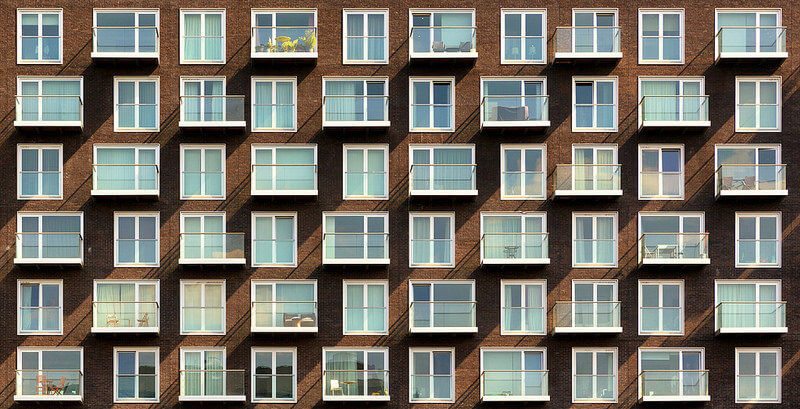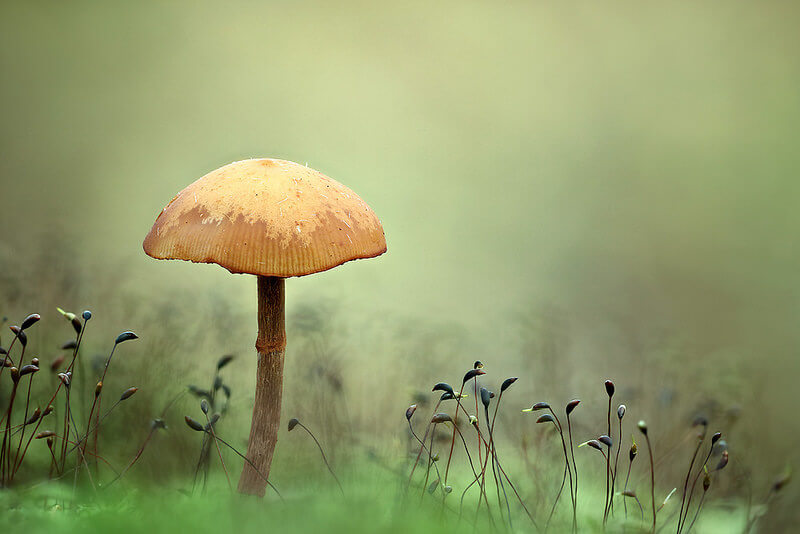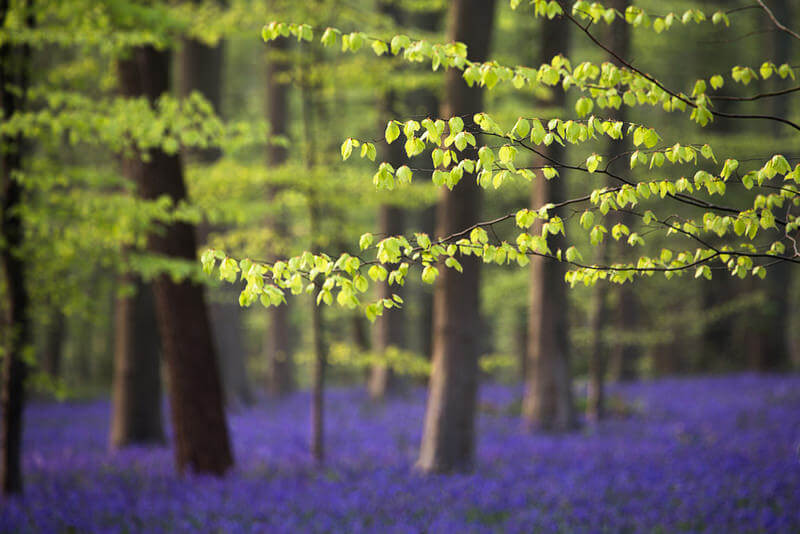Several factors determine the “look” of your photos. Composition is the most obvious factor, but camera focus and depth of field are also very important. They can change the entire atmosphere and emphasis of the photo.
For example, you can keep everything in a photo sharp, like a flat wall, or you can draw attention to a specific subject, like a bottle on the grass. You control this perspective by changing the depth of field, making objects in the foreground/background appear sharper or more blurred.
Paul Shears – Window Watchinng

There are three ways to control the depth of field: lens aperture, distance from camera to subject, and lens focal length.
1. Lens Aperture
Photographers often use aperture to control the depth of field. You can sharpen a entire scene by setting the aperture (f-stop) as small as the lighting will allow. To single out a subject, do the opposite; set the aperture as large as possible. In both cases, you’ll have to change the shutter speed to compensate for the difference.
The aperture ranges from f/1.4 (a super fast lens) to f/22, with increments in between: f/2, f2.8, f/4, f/5.6, f/8, f/11 and f/16. Each f/number up or down represents one “stop” of light. In other words, when you move from f/4 to f/5.6, you’re letting in half as much light. When you move from f/16 to f/11, you’re letting in twice as much light. This number ratio stays the same across all lenses, regardless of focal length, which makes it easier to understand.
2. Distance from Camera to Subject
Changing the distance between your camera and the subject is another way to affect the depth of field. To increase the depth of field, just move back. To reduce it, move closer. Your camera works exactly like your eyes, becoming more focused as it gets closer to the subject.
Of course, changing your distance will also change your composition. To fix this problem, you can change the lens or focal length to maintain the composition you want.
Corrie White – Galerina marginata

3. Lens Focal Length
If the focal length of the lens is long, the depth of field will be shallow, and vice versa. The depth of field you get for a specific f-stop varies with distance. In other words, a small f-stop (like f/11) on a 35-70mm zoom set to 35mm gives a deep depth of field, from 6 – 20 feet when the lens is focused at 9 feet. However, if the lens is zoomed out to 70mm, you’ll have a relatively shallow depth of field, from 8 – 11 feet when the lens focused at 9 feet.
It might sound easy, but adjusting the focal length to control depth of field can actually be difficult. Just like changing your distance to the subject, adjusting the focal length will change the composition of your image.
For this reason, it’s often best to use the f-stop to control the depth of field. Then, you can shoot at any distance with the focal length you want. Just remember to alter the shutter speed (and use a tripod and cable release) to compensate for large f-stops.
Roelof de Hoog – Through blue and green

These photos were selected from our Flickr group. Next time you experiment with depth of field, share your photo with the group so we can admire your work!



